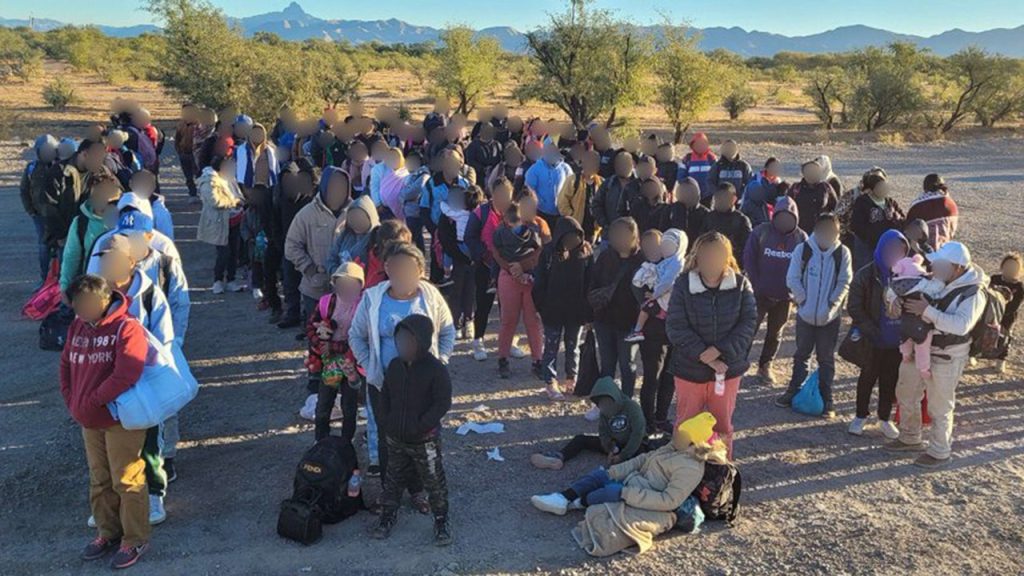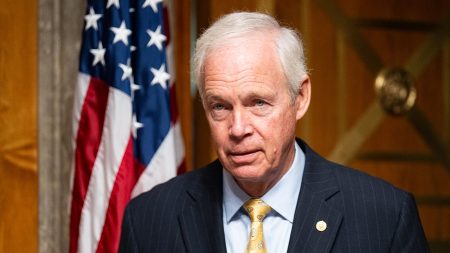Immigration and Customs Enforcement (ICE) has discontinued two programs designed to provide social services and support to undocumented immigrants released into the U.S. interior. These programs, the Wraparound Stabilization Service (WSS) and the Young Adult Case Management Program (YACMP), were deemed misaligned with ICE’s primary mission of immigration enforcement and removal. The agency cited concerns over cost-effectiveness and resource allocation as primary reasons for the discontinuation. This decision comes amidst a backdrop of a burgeoning non-detained docket, which has grown significantly under the Biden administration, reaching nearly 7.7 million individuals. While ICE maintains approximately 40,000 detention beds, only a fraction of the non-detained population, roughly 181,000, are currently enrolled in the Alternatives to Detention (ATD) monitoring program, utilizing app check-ins and GPS monitors.
The WSS, initiated in February 2020, aimed to provide psychosocial and behavioral health support to vulnerable individuals and families through partnerships with non-governmental organizations (NGOs). However, ICE found the program’s impact on compliance rates to be minimal, with only a 2% increase observed among participants compared to those who did not receive services. The agency cited the “immense cost with little improvement” as the rationale for discontinuing referrals to the program in July. Prior challenges with the WSS included cumbersome identification and referral processes, a surge in participant numbers, and limited resources, further contributing to its termination.
The YACMP, launched in 2023 and operating in 16 cities, targeted 18 and 19-year-old migrants, offering legal services, screenings, referrals to social service programs, and human trafficking assessments. ICE’s decision to discontinue the YACMP contract stemmed from budgetary constraints and a determination that the program did not align with the agency’s core mission and priorities. The agency emphasized the need to refocus resources on its core mandate of immigration enforcement and removal operations.
In response to inquiries from lawmakers, ICE provided detailed information regarding the ATD program, which utilizes app check-ins and GPS monitoring to track individuals released from detention. The agency reported a high appearance rate for court hearings, with 98.6% of participants attending their scheduled hearings and 90.4% appearing for final hearings. As of September, approximately 13.2% of ATD participants were monitored via GPS ankle or wrist devices, with an average program duration of 511.9 days. ICE also disclosed data on criminal charges and convictions among ATD participants during FY 2024, including a range of offenses from traffic violations to more serious crimes like homicide and assault.
The incoming Trump administration has signaled an intention to significantly increase deportations and reduce the non-detained population, potentially expanding the use of ankle monitors for individuals not in detention. Conservative voices have echoed this sentiment, advocating for a reallocation of resources towards detention and deportation efforts. Critics argue that providing social services to undocumented immigrants diverts resources from ICE’s core mission and constitutes an inappropriate use of taxpayer funds. They propose redirecting these funds towards expanding detention capacity and expediting deportation proceedings.
This shift in policy reflects a broader debate on the role of ICE and the allocation of resources within the immigration enforcement system. While some argue for a more humane approach that incorporates social services and support for vulnerable populations, others prioritize strict enforcement and removal as the primary focus. The incoming administration’s plans suggest a potential return to a more hardline stance on immigration, with a greater emphasis on detention and deportation and a reduced focus on social service programs for undocumented immigrants. This policy shift is likely to spark further debate and discussion regarding the balance between enforcement and humanitarian considerations in immigration policy.










